Meet Margaret, Native Poppy’s Lead Gardener

Did you know that Native Poppy grows over 100 varieties of flowers in our urban farm right here in San Diego?
Today we’d like to introduce you to Margaret, the head of Native Poppy’s Garden program, as she offers you a tour of our flower garden. Discover our little slice of floral paradise where you’d least expect it: in the middle of a defunct tennis court!

Meet our Lead Gardener
Q: Hey, Margaret! Will you tell us about Native Poppy’s flower garden?
A: Natalie (Native Poppy’s founder) and Grace Kinney started the flower garden back in 2018. My neighbor Logan actually built the first set of raised beds. I came on in May 2020, and have overseen the buildout since then. When Natalie brought me on, we started with 12 raised beds in the garden — now we have 53!
The property belongs to Natalie’s soon to be in-laws. It’s actually an old tennis court, which had been sitting unused since their kids moved away. The garden project has been super fun. When Natalie asked me to take on the project, she said, “This can be whatever you make of it. If you put in the work we can grow it.”
So far, it’s been a lot of building out boxes, filling the raised beds, designing the irrigation system, and getting it all dialed in.

Developing Our Garden
Q: What’s the hardest thing about gardening in this space?
A: The heat for sure, but the logistics of setting up the garden was pretty challenging.
There’s just one stairway to get down to the garden, so loading everything with a ramp and pulley, belaying your buddy down the ramp with a wheelbarrow… moving tons of soil in 10 gallon buckets at a time… that was my workout for a while. But luckily, now that part is done!

Q: Have you always been interested in farming?
A: My background is in vegetable growing. Well… actually my background background is in psychology. But right after college, I had a paradigm shift / change of heart, and really wanted to get my hands dirty. I moved to Montana after college (to ski!), and I knew I wanted to get some experience with farming. At the end of my bachelors, I started taking more elective classes. I’d taken a permaculture design course, and it was a real “Ah ha!” moment for me, in terms of finding work I really valued.
I serendipitously ended up with some pretty amazing mentors in northwest Montana, and I worked on their farm for 6 years. It was a 10 acre diversified fruit, vegetable, and herb farm. I just kinda fell in love with it. I knew it was something I wanted to get into, and once I started doing the work, it just felt right.
Q: How has the Native Poppy garden grown since you took over the project?
A: I farmed vegetables in Montana for six years, but flower growing is a whole new project for me, which is awesome, because I love learning new things.
It’s interesting — growing food in Montana is very different from growing flowers in Southern California. There are only 100 days of frost-free growing season in Montana, but the heat is cranking out here… It’s wonderful, because it means I can grow all year round. But it also invites some other challenges. It creates more pest pressure, more heat stress on the plants.
In the beginning, we started with a few varieties of roses, just trying things out. We decided roses are not best for this garden, especially in the summertime. We love roses, of course, they’re stunning, but it makes more sense to plant successions of flowers that we can keep growing year-round.
Last year, we pivoted to planting heat loving annuals. Now we’re working with over 100 different varieties. We’re producing Zinnias, Marigolds, Dahlias, Scabiosa, Amaranth, Celosia… those are thriving in the flower garden right now.
It’s a pretty unique growing situation — we’re just trying to figure out how to maximize this space.

Growing Flowers in San Diego
Q: How do you deal with growing in high heat conditions?
A: The heat is one of the biggest challenges for our garden. First thing is picking the right flowers; that’s why we’re focused on heat-loving annuals. Besides that, it’s dialing in the irrigation. It is HOT HOT HOT in El Cajon in the summertime, so having an automatic irrigation system is crucial. That way, if I’m only able to visit on weekends, I know the plants are taken care of.
Flower farms require constant care and attention. It’s great to set up automatic systems, but also check in frequently. Checking your soil moisture, making sure there isn’t bare soil… we cover our plant beds with straw to help keep moisture in. There are different ways that you can prepare and cover your ground to protect the soil. When the soil is protected, we don’t have to use as much water.
We’re in a trial phase now, but once we see which plants are really thriving in the garden, we’ll look into building some shade structures next year to support our work.

Q: What’s your favorite flower in the garden?
A: My favorites change all the time. Today I’m really in love with Scabiosa. They’re just these puffs of beauty. They do well in late spring, all through the summer, even into the fall. They are a really reliable crop for us. There’s something that I love about how it has a super gross sounding name, but it’s such a beautiful flower.
Stay tuned for part two, where Margaret takes us on a tour of the flower garden!


